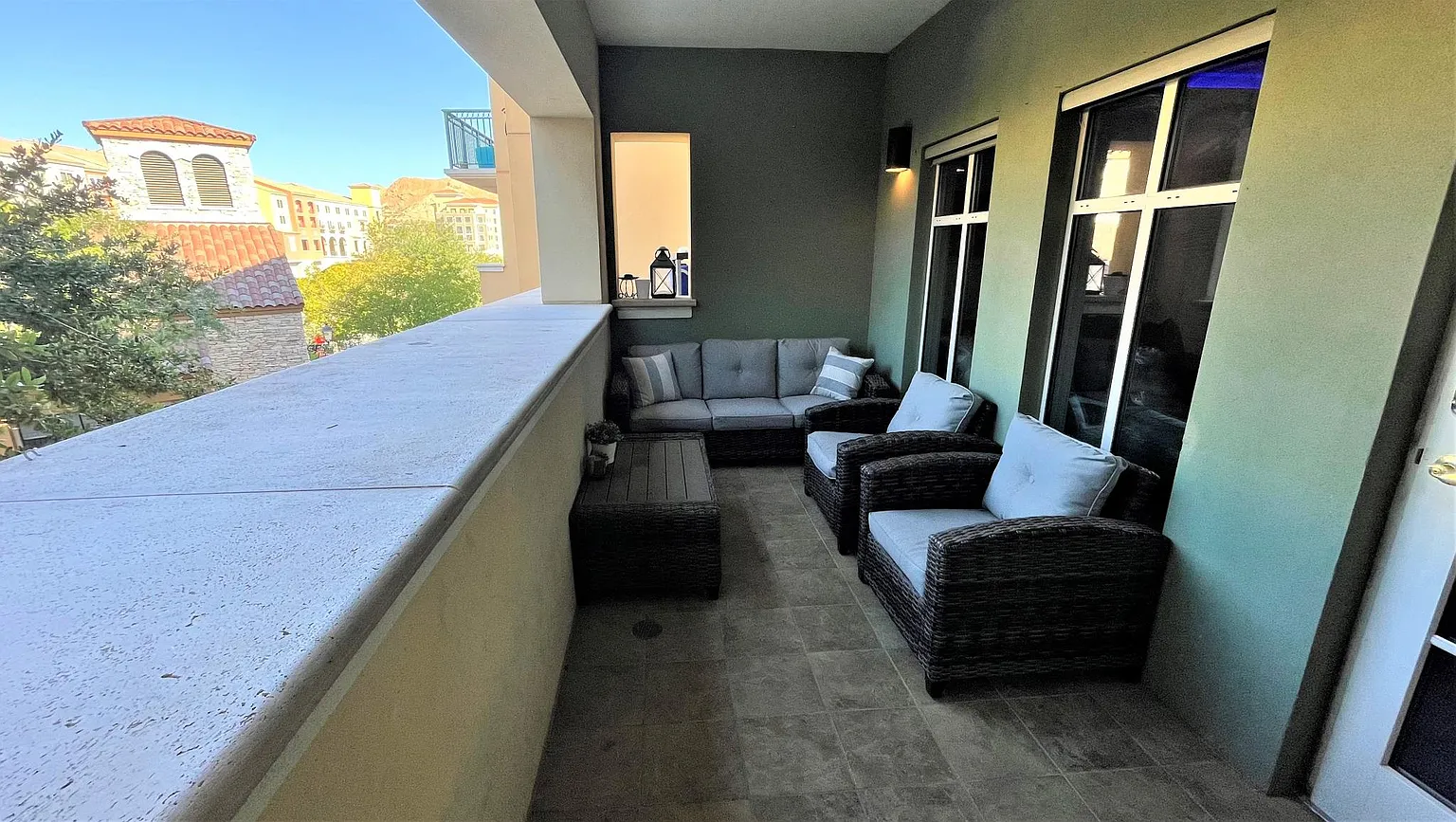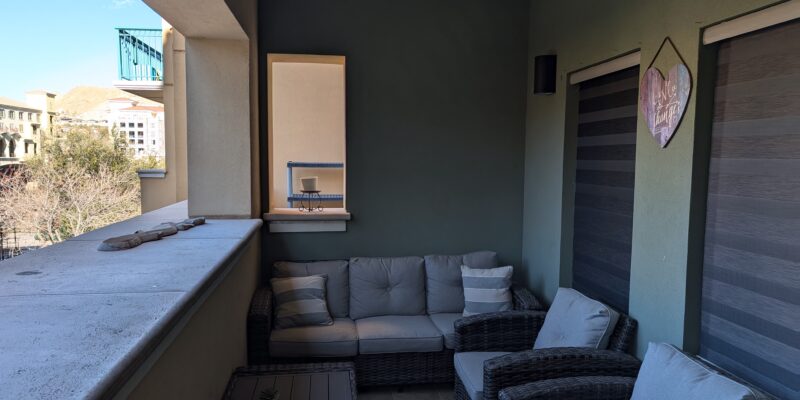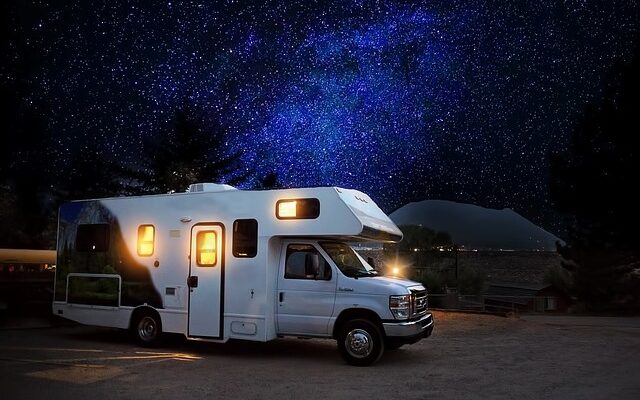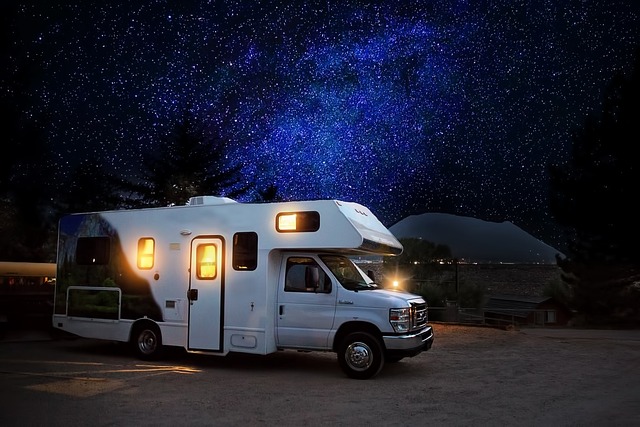
Last night, we had a lovely dinner at Richard’s home and watched the disappointing Minnesota Vikings game against the Detroit Lions. The Vikings were slaughtered, and we were all grossly disappointed and frustrated. They will still play in the playoffs, but we aren’t as optimistic as we were that they would have a shot at the upcoming Super Bowl in February. So it goes.
We took an Uber for the 20-minute ride to Henderson using Uber both ways. On the way, we paid $31.02 plus tip. On the return ride, we paid $21.17, with lower rates later on Sunday. The driver on the first trip did Tai Chi with his right hand while driving to Henderson.
The driver on the return trip explained she had been sick with the flu for the past five days and complained about how she got COVID-19 five times from her passengers but wasn’t wearing a mask while driving us. We didn’t give her a tip. We’ll wait over the next ten days to see if we get sick from riding with her. Oh, good grief!
The weekend passed quickly, and it’s hard to believe it’s Monday again. Soon, I’ll work on food prep for tonight’s dinner. Tom Is having a t-bone steak with rice, while I’m having sauteed Barramundi (fish), and we’ll both have broccoli and salad. It will be a nice dinner which we’ll repeat, making everything fresh again.
We’ve decided we will dine out two evenings a week. It’s an excellent way to get out and about, and we’ll have some variety with options here in the Village. We just read the menu for Rick’s Cafe at the Westin Hotel behind our building, where many options appeal to both of us.
Here are more details about the Village in Lake Las Vegas:
The Village at Lake Las Vegas is a picturesque Mediterranean-inspired oasis nestled along the tranquil shores of a man-made lake in Henderson, Nevada, just 30 minutes from the hustle and bustle of the Las Vegas Strip. This charming community feels worlds away from the neon lights, offering a peaceful, inviting atmosphere that blends luxury with laid-back living.
Architecture & Aesthetic
The Village boasts cobblestone streets, terracotta rooftops, and stucco facades reminiscent of a European lakeside retreat. Winding pathways lead visitors through plazas adorned with elegant fountains, lush landscaping, and cozy seating areas. It’s a harmonious blend of natural beauty and architectural elegance that feels like stepping into a postcard-perfect scene.
Dining & Entertainment
Various restaurants and cafes line the waterfront, offering something for every palate. You’ll find it here whether you’re craving Italian pasta, fresh seafood, or a simple cup of coffee with a view. Many eateries feature outdoor patios where you can savor your meal while soaking up the scenic surroundings. Live music and seasonal events add to the vibrant yet relaxed ambiance, making the Village a hub for locals and tourists.
Shopping & Activities
Boutique shops and art galleries allow leisurely browsing, while the lake invites visitors to enjoy water-based activities like paddleboarding, kayaking, and even yacht rentals. The area has a championship golf course and plenty of walking trails for those who prefer land-based fun.
Community Vibe
The Village exudes a sense of community and connection. It’s a place where people gather for wine tastings, farmers’ markets, and outdoor movie nights. Whether you’re visiting for a day or staying longer, it’s easy to feel like part of the fabric of this lakeside haven.
A Peaceful Escape
Surrounded by desert landscapes, the shimmering lake is a refreshing contrast and creates a serene environment. Sunsets over the water are especially magical, with hues of orange and pink reflecting off the surface, making it a favorite spot for romantic evenings or quiet moments of reflection.
In essence, the Village at Lake Las Vegas is a delightful blend of sophistication, natural beauty, and community charm, offering a tranquil escape from the fast-paced energy of nearby Las Vegas.
We couldn’t be happier to be here. It truly has a vacation-type feel, along with the hominess of this delightful condo.
Be well.
Photo from ten years ago today, January 6, 2015:
 |
| A pink Trumpet flower as seen on the Big Island. For more photos, please click here. |






























